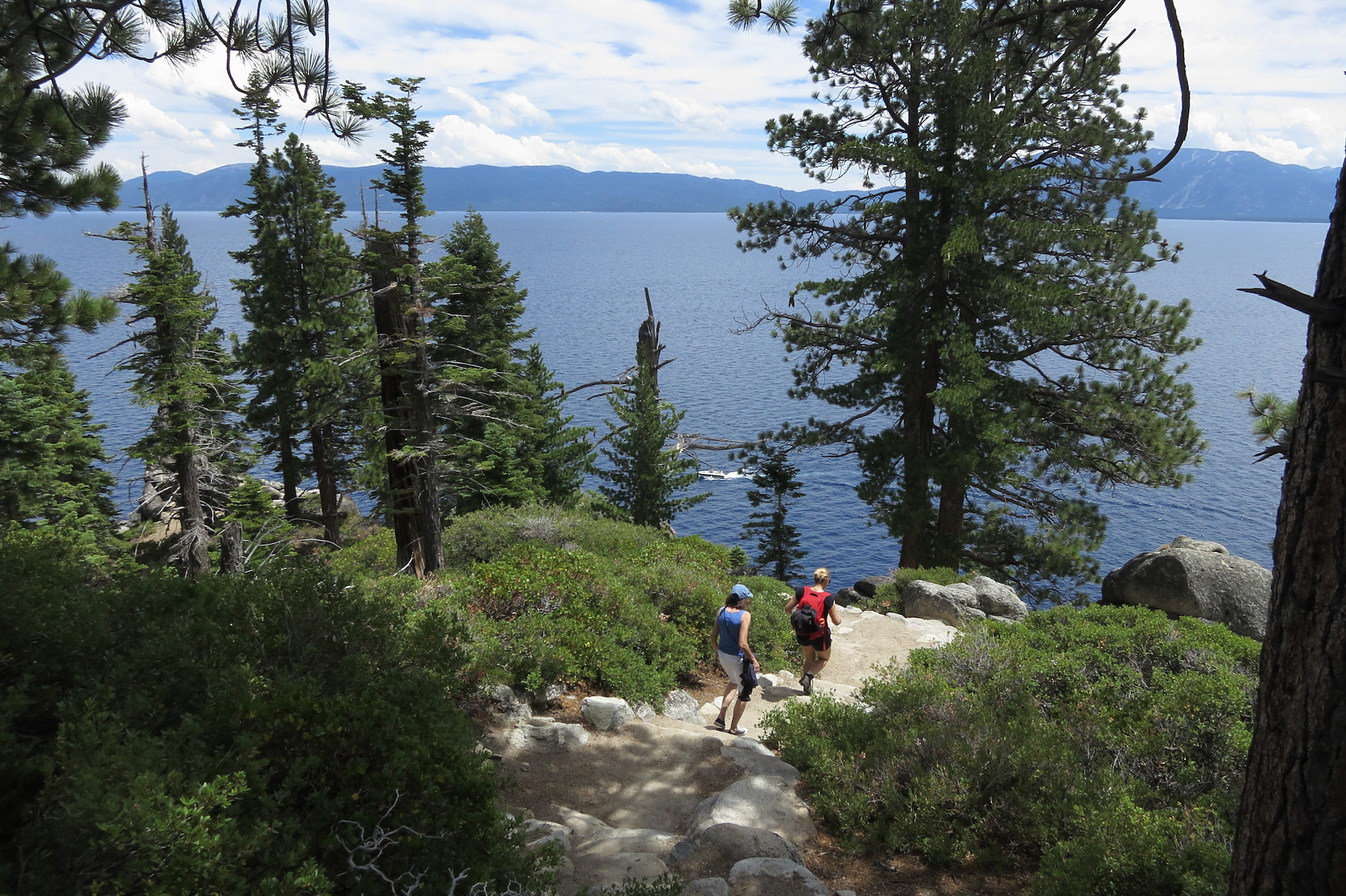Voters in the mountain resort town of South Lake Tahoe in Northern California voted overwhelmingly to reject a proposal to tax owners of vacant homes.
Measure N, which sought to impose taxes on owners of homes that remain vacant for more than six months a year, failed by a margin of more than 1,800 votes out of about 8,300 cast, according to El Dorado County election data.
The proposal aimed to levy vacancy taxes of $3,000 for the first year and then $6,000 annually for homes empty for more than 182 days in a year.
If it had been approved, homeowners would have had to self-report occupancy status by filling out an affidavit declaring whether they had lived in the house long enough during the year to qualify for an exemption.
Penalties for noncompliance would encourage homeowners to accurately self-report, according to the measure.
Properties occupied for at least six months, projects under construction, uninsulated summer cabins, and homes impacted by emergencies were listed as exempt.
The measure also excluded active-duty military and individuals who were absent because they were working as firefighters or other emergency personnel.
Spot audits would verify occupancy claims, and utility company and postal records, among other methods, would help identify vacancies, according to an assessment of the measure and its potential impacts, conducted for the city by analytics company HdL Companies.
The city stood to gain between about $4 million and $8 million in the first year and up to $20 million annually in subsequent years, the analysis found.
About 7,150 homes are vacant in the region, according to the report.
Critics said the measure amounted to an invasion of privacy and a “massive tax increase.”
“We all want to address housing affordability in South Tahoe, but this measure is not the answer and will likely make things worse,” the No on N campaign stated on its website.
The group stated that housing affordability is a statewide issue, and it highlighted environmental regulations as a significant obstacle to solving the dilemma, as development projects are sometimes delayed or denied.
Opponents stated that the “poorly worded” measure would have wide-ranging impacts on renters and homeowners who unexpectedly need to live elsewhere for part of the year due to work or family hardships.
They also pointed to case studies of other governments that passed similar laws in San Francisco, Canada, and Austria—where litigation disrupted some attempts to impose taxes and others were rescinded after costs to administer programs exceeded revenues—as signs that vacancy taxes could negatively impact the city.
San Franciscans passed a measure in November 2022 to tax homeowners with at least three or more residential units that remained vacant for more than half the year.
The San Francisco Apartment Association, as well as others, sued the city in February 2023 challenging the measure. The complainants said the law was unconstitutional because it compelled owners to comply without just compensation.
A Superior Court judge in San Francisco agreed with the apartment association in an Oct. 31 ruling, thus blocking the implementation of the vacancy tax.
“While it is certain that the City and County of San Francisco will appeal the Court’s decision, this ruling is a monumental victory for [the association] and for all rental property owners who otherwise would have been subject to the tax,” the association said in a statement.
Organizers of Measure N modeled the proposition after similar regulations in Berkeley. Voters in the Bay Area city approved a law in 2022 that took effect in January.
Residents of Berkeley are asked to report potential vacancies using a form that asks for evidence, including photographs and written testimony.
Those in favor of vacancy taxes believe rental prices will come down when supply increases as owners are incentivized to fill empty homes.
Some supporters of the measure said the thousands of commuters who travel to the lake’s south shore to work at the resorts and other establishments in the city need access to housing.
The campaign to pass the proposal said the region is in danger of following the path of ski towns that became so expensive that locals struggled to afford homes—including Aspen, Colorado, and Jackson Hole, Wyoming, among others.
“We need a solution that meets the scale of the problem,” the campaign stated on its website.
The group quoted statistics from the HdL audit, which found that about 44 percent of houses in the area are unoccupied.
Proponents also referenced a report from the Tahoe Prosperity Center, which estimated that nearly 3,300 houses are needed by 2026 to house residents and workers.
Some supporters argued that limited housing availability and affordability issues are causing the local population to shrink. They cite declining public school enrollment figures as evidence that solutions are needed.
“We are losing families and longtime residents each day and gaining more unoccupied vacation homes,” the campaign website reads. “Measure N incentivizes vacant homeowners to use their properties more often and contribute regularly to the local economy or rent to a local resident.”
The group said that successful implementations of similar regulations in Utah, Hawaii, Vancouver, and Kyoto, Japan, among other places, suggest that vacancy taxes can help alleviate housing availability shortages.
Introduced in 2017, the Empty Homes program in Vancouver, Canada, helped reduce vacancies by 54 percent in the first five years after the tax was implemented, according to the city.














